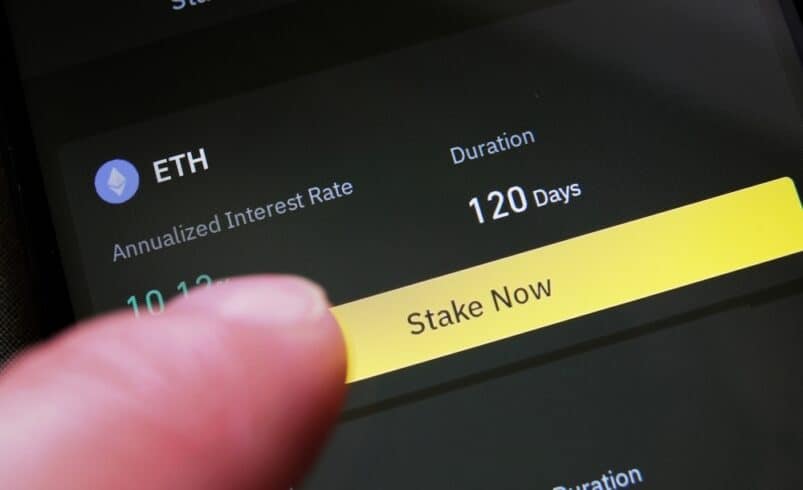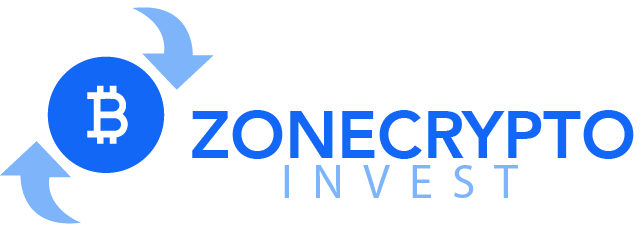A Detailed Explanation of EigenLayer and Underlying Benefits

Understanding EigenLayer
Ethereum has come a long way since its unveiling in 2015. It is the most powerful blockchain and forms the foundation for several innovative crypto projects.
The EigenLayer protocol is an Ethereum-founded initiative seeking to enhance the network’s proof-of-stake (PoS) consensus via a process referred to as Ethereum restaking. The EigenLayer team claims to address several Ethereum security inefficacies, for instance, requiring each protocol to govern its scalability and security processes.
Staking Explained
Staking entails locking cryptocurrency in an exchange, staking pool, or smart contract. A user acquires interest in the staked asset, and the network uses the assets to develop network security.
Mostly, high-value stakeholders become validators who take part in transaction authorization. They also vote on forthcoming or current proposals to enhance the network.
Decentralized staking is considered a more accessible form of transaction validation in comparison to proof-of-work (PoW). PoW comprises miners seeking to be the first block validator to acquire a reward.
Staking on Ethereum is the same as having a savings account in a conventional bank, and it requires less user effort. Staking pools also enable users with less money to spare to start their staking process.
Understanding Restaking and How EigenLayer Supports It
Concerning EigenLayer, restaking entails taking staked Ethereum and repurposing it to boost security on other protocols. Basically, it entails developing a pool of restaked assets from which other decentralized applications (Dapps) can pool.
When a person stakes funds on an Ethereum protocol, several projects offer liquid staking tokens representing the staked ones. The tokens permit one to continue utilizing their funds in other ways, for instance, restaking them via EigenLayer through liquid staking token (LST) restaking without unstaking their original assets.
Actively validated services (AVSs) are apps developed on EigenLayer. They can range from a bridge to a decentralized app to an oracle.
Developing on EigenLayer is less costly and more effective compared to developing on a separate protocol. This is because EigenLayer has a developed trust network that is in place via restakers.
Operators can develop their AVSs or offer services to other current AVSs while acquiring rewards. Nevertheless, operators are subject to AVS slashing conditions in case they do not execute their duties.
Operators can be restakers, or restakers can opt to delegate restaked assets to an operator. In whatever way, restakers possess total control over the services their assets move towards.
Understanding Management of Restaked Assets
Users should link their wallet to the EigenLayer app and pick the token they desire to restake. First-time restakers should authenticate the process prior to channeling funds into restaking contract.
Restakers can picture their network contributions via EigenLayer’s restaked points. Users receive restaked points each time a block is approved from their restaking date onward.
Users can use partial or total withdrawal processes to withdraw staking rewards on EigenLayer. Restakers intending to withdraw but keep offering services undergo a partial withdrawal process.
Full withdrawals are for persons no longer intending to offer their services. If not, the process is similar to partial withdrawal.
EigenLayer Benefits
Additional Passive revenue
Restakers can utilize their staked assets in more ways, potentially acquiring higher rewards than traditional staking strategies.
Bolstered Developer Success Rates
EigenLayer’s security pool removes a crucial barrier several new projects must overcome. Currently, developers can focus on offering critical services without being concerned about developing trust.
Challenges of EigenLayer
High Barrier to Entry
EigenLayer benefits new decentralized applications by offering them additional security. However. restaking to take part in the network can leave some users overwhelmed.
A majority of crypto exchanges provide staking as a built-in service, easing node setup and maintenance. The accessibility is often at the cost of technical expertise.
Final Thought
EigenLayer AVSs rely upon unique rules that are different from conventional staking. Restakers hold assets in traditional staking and restaking avenues, increasing their slashing risk in case they do not uphold their duties.
Restakers are also exposed to security risks. However, skilled developers can evaluate their code prior to risking their assets.
Zone Crypto Invest provides exposure for numerous crypto businesses, and we invite you to join our community! Connect with us through our Telegram chat for any questions. Given the volatile nature of cryptocurrencies, always conduct thorough research before investing. Many articles on our website are sourced from guest writers or are paid content, and they might not reflect the views of Zone Crypto Invest's internal team. The opinions in these pieces may not always coincide with Zone Crypto Invest's stance. We do not vouch for the accuracy, quality, promotions, or any other aspects showcased on our platform. Please refer to our detailed terms of service and disclaimer for further information.








